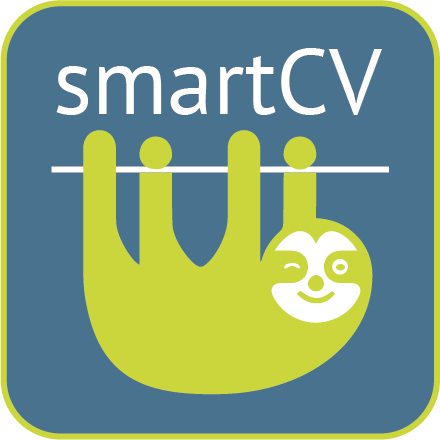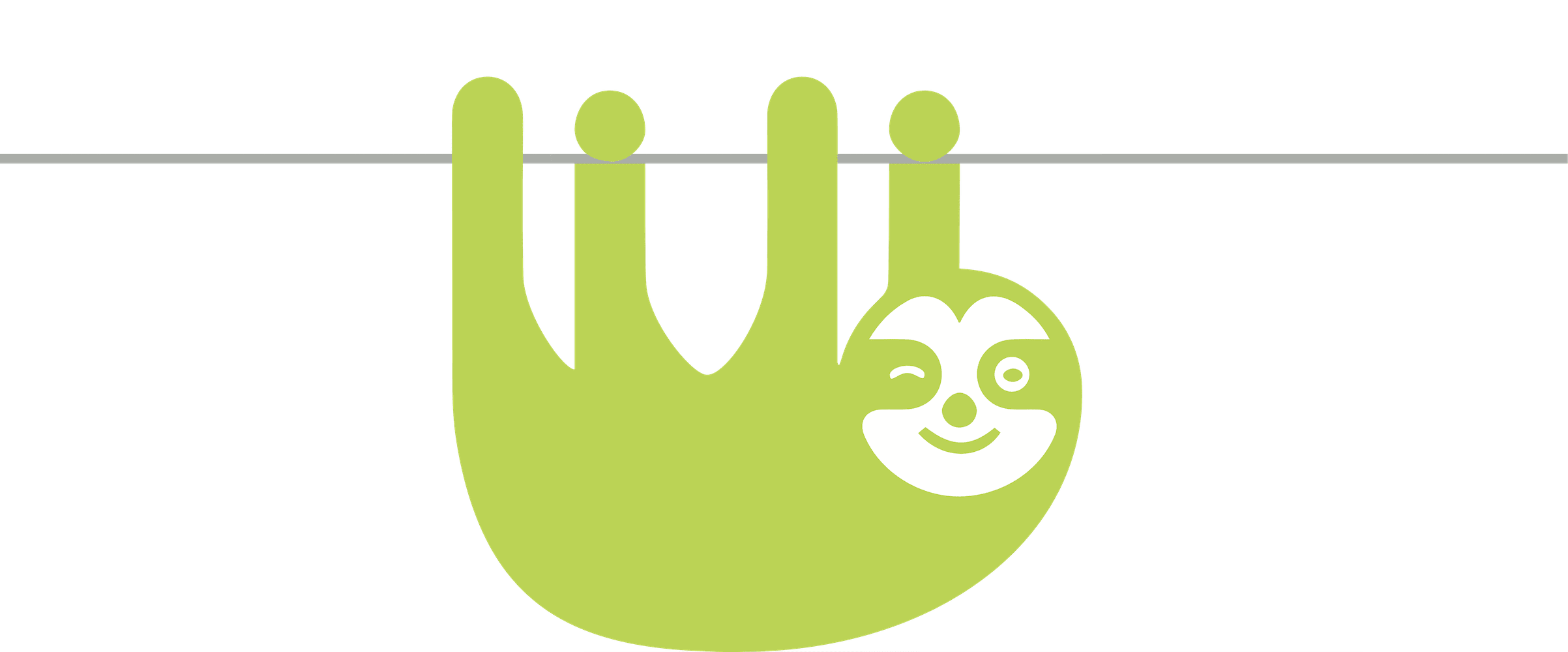Do I Need a Cover Letter? Everything You Need to Know
Have you ever wondered, “Do I need a cover letter?” In today’s competitive job market, this question is more relevant than ever. A cover letter can be a powerful tool to help you stand out from the crowd and make a lasting impression on potential employers. In this comprehensive guide, we’ll explore the significance of cover letters, why they matter, and provide expert advice to address all your queries.
Table of Contents
- Introduction
- Do I Need a Cover Letter?
- The Purpose of a Cover Letter
- Key Elements of an Effective Cover Letter
- How to Tailor Your Cover Letter
- Addressing Common Cover Letter Myths
- Benefits of Including a Cover Letter
- When a Cover Letter Is Not Necessary
- Cover Letter vs. Resume: Understanding the Difference
- How to Write an Attention-Grabbing Opening Paragraph
- Showcasing Your Relevant Skills and Experiences
- Providing Examples of Past Achievements
- Expressing Enthusiasm for the Company and Role
- Addressing Any Red Flags in Your Application
- Making a Strong Case for Your Candidacy
- Formatting and Structure Tips for Cover Letters
- Proofreading and Editing: Ensuring Quality
- FAQs About Cover Letters
- Conclusion
Introduction
As the job market evolves, so do the practices of job hunting. One recurring question is, “Do I need a cover letter?” The answer lies in understanding how cover letters can significantly impact your job search success. This guide will walk you through the importance of cover letters, debunk myths, and provide insights into crafting a compelling one that showcases your qualifications.
Do I Need a Cover Letter?
Yes, you do! A cover letter is your chance to make a memorable first impression. It provides context to your resume, allowing you to highlight your skills and experiences in a way that aligns with the specific job you’re applying for. A well-crafted cover letter demonstrates your genuine interest in the position and company, setting you apart from candidates who only submit resumes.
The Purpose of a Cover Letter
A cover letter serves as a bridge between your resume and the job you’re applying for. It offers a platform to showcase your personality, enthusiasm, and unique qualities that might not be apparent in your resume alone. Think of it as your opportunity to tell a story that explains why you’re the perfect fit for the role.
Key Elements of an Effective Cover Letter
- Contact Information: Include your contact details and the recipient’s information.
- Salutation: Address the hiring manager or recruiter by name, if possible.
- Introduction: Express your excitement for the position and mention how you heard about it.
- Relevance: Highlight your relevant skills, experiences, and achievements.
- Company Fit: Explain why you’re interested in the company and how you align with its values.
- Customization: Tailor each cover letter to the specific job description.
- Confidence: Showcase your confidence in your ability to contribute to the company’s success.
- Closing: End with a strong closing statement expressing your eagerness to further discuss your candidacy.
How to Tailor Your Cover Letter
Tailoring your cover letter is crucial. Study the job description, understand the company culture, and incorporate relevant keywords. Address the specific needs of the role and highlight experiences that directly align with them.
Addressing Common Cover Letter Myths
- Myth: A cover letter is redundant because my resume already has all the information.
- Reality: A cover letter complements your resume, providing context and a personalized touch.
- Myth: No one reads cover letters anymore.
- Reality: Many recruiters and hiring managers value cover letters as they reveal your communication skills and motivation.
Benefits of Including a Cover Letter
- Stand Out: A well-crafted cover letter sets you apart from other applicants.
- Show Personality: It’s a chance to showcase your unique attributes.
- Explain Career Gaps: Address any gaps in your resume and provide context.
- Demonstrate Research: Display your knowledge about the company and role.
- Display Enthusiasm: Show genuine excitement for the position.
When a Cover Letter Is Not Necessary
In some cases, a cover letter might not be required, such as when an employer explicitly states not to submit one. However, when in doubt, it’s better to include a cover letter to seize the opportunity to impress.
Cover Letter vs. Resume: Understanding the Difference
Your resume outlines your work history and skills, while a cover letter delves deeper into your personality, motivations, and reasons for applying. Together, they create a comprehensive picture of your candidacy.
How to Write an Attention-Grabbing Opening Paragraph
Begin with a compelling statement that sparks curiosity. Mention how you discovered the job opening and express enthusiasm for the role.
Showcasing Your Relevant Skills and Experiences
Use specific examples to demonstrate your qualifications. Match your skills with the job requirements and quantify your achievements whenever possible.
Providing Examples of Past Achievements
Share accomplishments that highlight your impact in previous roles. Use metrics to showcase your contributions and demonstrate your value.
Expressing Enthusiasm for the Company and Role
Explain why you’re excited about the opportunity to work for the company. Mention its values, mission, and recent accomplishments that resonate with you.
Addressing Any Red Flags in Your Application
If you have career gaps or changes, a cover letter provides a chance to address them positively. Briefly explain any shifts and focus on the skills you’ve gained.
Making a Strong Case for Your Candidacy
Connect the dots between your experiences and the role’s responsibilities. Explain how your unique attributes make you an ideal fit for the position.
Formatting and Structure Tips for Cover Letters
- Length: Keep it concise, ideally within one page.
- Font and Format: Use a professional font and maintain a clean layout.
- Paragraphs: Keep paragraphs brief for easy readability.
- Bullet Points: Use bullet points to highlight key achievements.
- White Space: Create sufficient white space to prevent clutter.
Proofreading and Editing: Ensuring Quality
Meticulously proofread your cover letter to eliminate errors. Consider reading it aloud or asking a friend for feedback.
FAQs About Cover Letters
Q: Are cover letters still relevant in the digital age?
A: Absolutely! Cover letters provide a personal touch and context that resumes alone can’t offer.
Q: Should I write a new cover letter for every job application?
A: Yes, customizing your cover letter for each role demonstrates your commitment and attention to detail.
Q: Can a cover letter compensate for a lack of job experience?
A: A well-written cover letter can emphasize your transferable skills and enthusiasm, offsetting limited experience.
Q: Is there a preferred tone for cover letters?
A: Aim for a professional and positive tone that reflects your excitement for the role.
Q: What if I don’t know the hiring manager’s name?
A: Addressing the hiring manager as “Dear Hiring Team” or a similar variant is acceptable.
Q: Can I include humor in my cover letter?
A: While a touch of light-heartedness can be engaging, be cautious with humor, as it varies by industry and company culture.
Conclusion
So, do you need a cover letter? The resounding answer is yes. A cover letter is your opportunity to shine, showcase your qualifications, and tell your story. Crafting a compelling cover letter takes effort, but the impact it can have on your job search journey is well worth it. Don’t miss out on this chance to make a lasting impression and elevate your job application to new heights.


